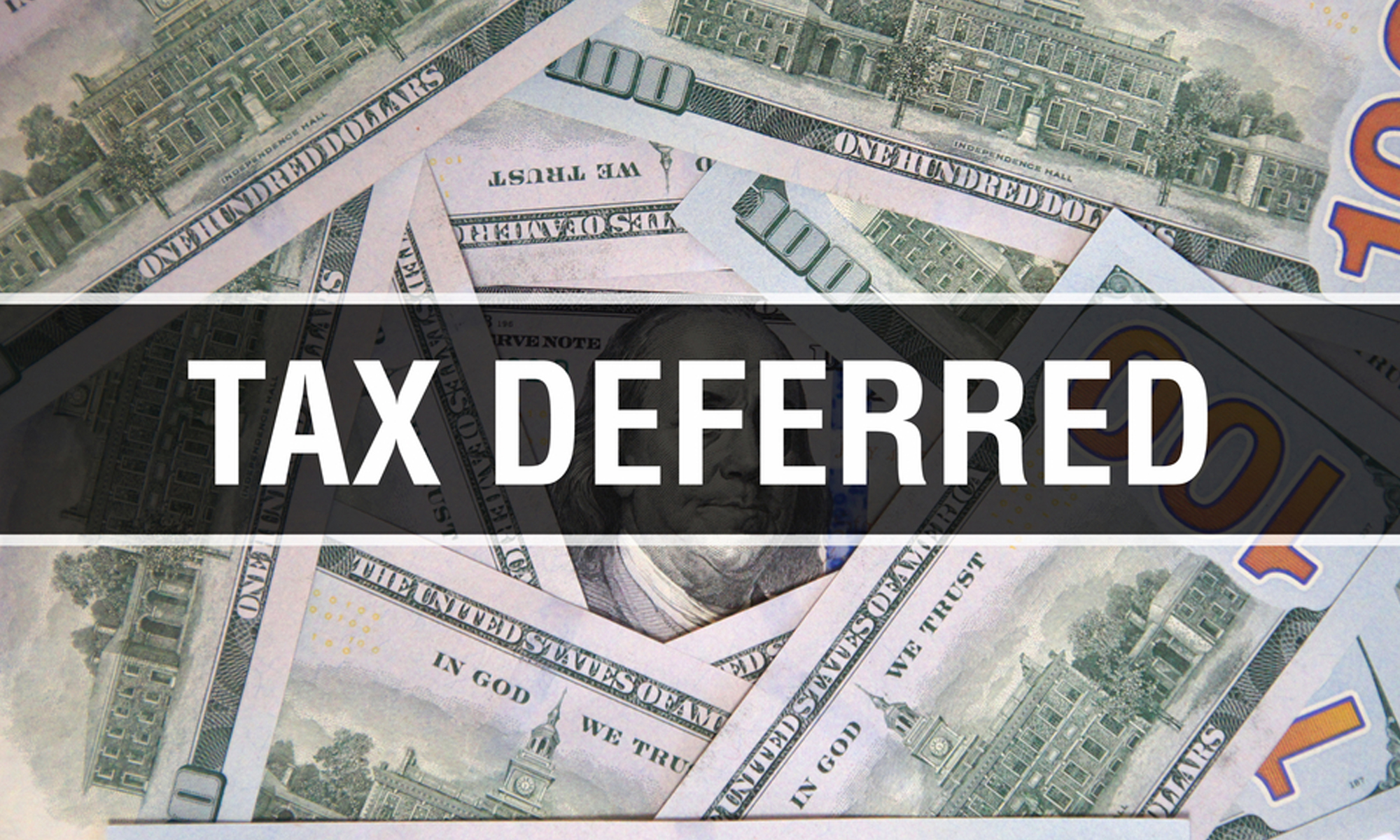The following example illustrates the long-term benefits of tax deferred investing:
Assume that you invest $4000/year in a typical taxable mutual fund or ETF that generates an 8% annual rate of return in taxable income. You will get $320/year before tax. If you are in the 25% tax bracket, you will get to keep $240/year after taxes. If you reinvest this $240/year, then when you retire, 40 years in the future, you will have $619,048.
Suppose instead you invest $4000/year in that same mutual fund, but in a traditional IRA. This will reduce your taxes by $1000/year. Invest that additional $1000 in tax savings back in your IRA. Thus, you save $5000/year ($4000 of your own money plus $1000 thanks to Uncle Sam’s generosity). You get your 8% annual return, but won’t have to pay any taxes until you retire, 40 years from today. In 40 years, you will have $1,295,283! Unfortunately, you will owe taxes. If you withdraw everything and pay your 25% in taxes, you are left with $971,462.
With the IRA, you end up with $352,414 more in retirement! This windfall occurs because you defer taxes on your traditional IRA contributions and on your IRA earnings.
This may not work as well if you are in a higher tax bracket in retirement than you were while you were working. Also, some individuals must pay more for their Medicare benefits depending on their retirement income.
Few individuals take out their entire IRA in one lump sum at retirement. Most take out the required minimum distributions (RMDs) which must begin after you are 72 years old. The initial RMDs start out at about 4-5%/year of your IRA investment account value. If your IRA balance is $1,295,283, your first RMD will be about $52,000 in the year after you turn 72. RMDs exist because the IRS wants its tax revenues.

